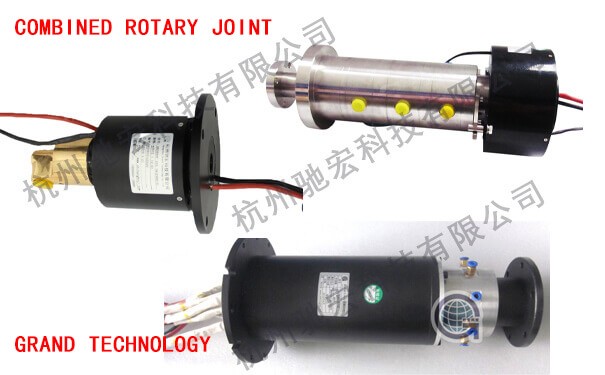Rotating unions, also known as swivel joints or rotary unions, play a crucial role in transferring fluids and gases between stationary and rotating components in a variety of industrial applications. In this article, we explore what rotating unions are, how they work in machinery and why they are of such importance in industrial processes.
Quick Introduction
Have you ever wondered how industries transfer fluids and gases between stationary and rotating components without any leakage? The answer lies in the use of rotating unions, also known as swivel joints or rotary unions. These mechanical devices enable continuous fluid transfer in a variety of industrial applications, from food processing to metal manufacturing.
Answering the Questions
What Are Rotating Unions?
Rotating unions and slip rings have similar functions, both of which transmit substances between fixed components and rotating components. Unlike slip rings, rotary joints transmit fluids and gases.
How Do Rotating Unions Work?
The sealing mechanism in rotating unions typically consists of multiple O-rings or other types of seals that maintain a tight seal between the stationary housing and rotating shaft. The fluid flows through the central bore of the rotating shaft and exits through one or more ports on the stationary housing.
What Are the Applications of Rotating Unions?
Rotating unions are used in a wide range of industrial applications, including printing presses, food processing equipment, hydraulic machinery, textile machinery, and many more. They are also used in the manufacturing of paper, plastics, and metal products.
Why Are Rotating Unions Important in Industrial Processes?
Rotating unions play a crucial role in maintaining the continuous flow of fluids and gases in industrial processes. They enable the transfer of these substances without interruption, which is essential in many manufacturing processes. Without rotating unions, many industrial processes would not be possible.
Conclusion
In summary, rotating unions are mechanical devices that enable the continuous transfer of fluids and gases between stationary and rotating components in a variety of industrial applications. They work through a sealing mechanism that prevents leakage, and they are crucial in maintaining the efficiency and effectiveness of industrial processes.
If you have any questions or comments about rotating unions, please feel free to share them below.
Frequently Asked Questions
Q: Can Rotating Unions Transfer Both Fluids and Gases?
A: Yes, rotating unions can transfer both fluids and gases.
Q: Are Rotating Unions Used in Any Industries Other Than Manufacturing?
A: Yes, rotating unions are used in a variety of industries, including agriculture, mining, and transportation.
Q: How Do I Know Which Type of Rotating Union to Use in My Industrial Process?
A: The type of rotating union you need will depend on factors such as the type of fluid or gas being transferred, the pressure and temperature of the process, and the specific requirements of your equipment. Consult with a rotating union supplier or manufacturer for guidance on selecting the right product for your needs.
See What We Can Do

